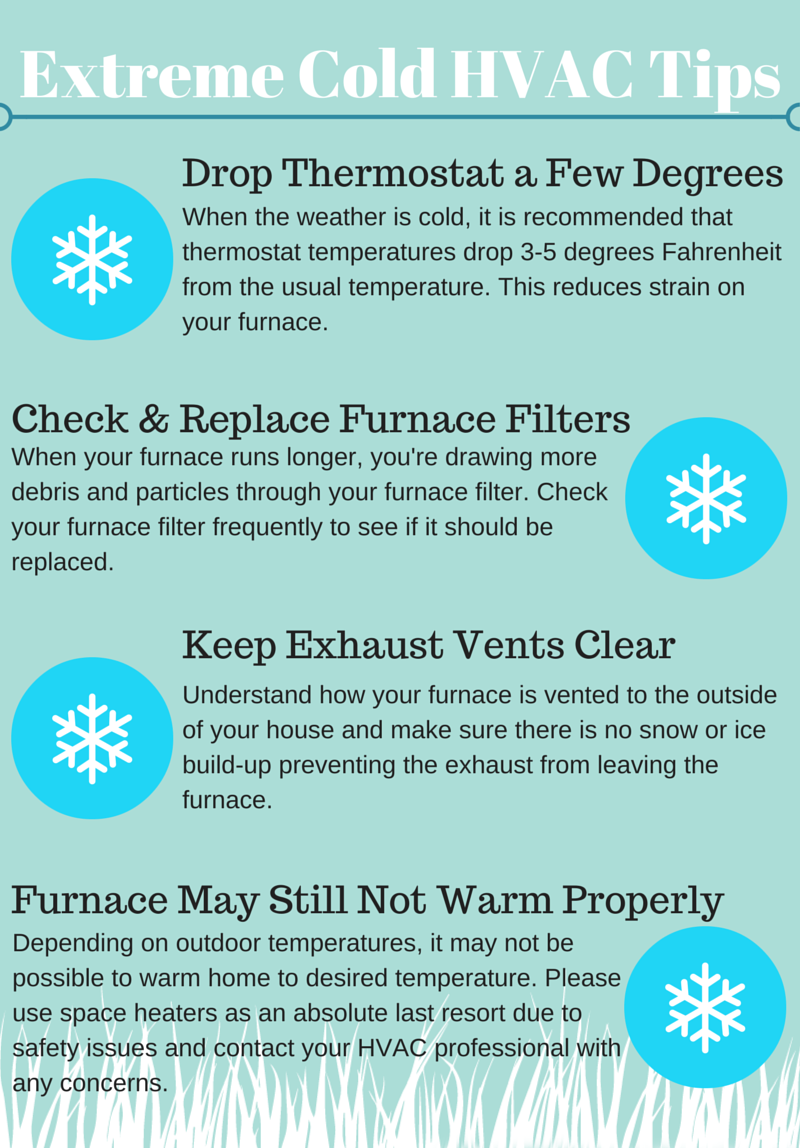The Ultimate Guide To Recognizing Warmth Pumps - Exactly How Do They Function?
The Ultimate Guide To Recognizing Warmth Pumps - Exactly How Do They Function?
Blog Article
go source Created By-Junker Gylling
The best heat pumps can conserve you significant amounts of money on energy bills. They can additionally help reduce greenhouse gas emissions, particularly if you make use of electrical energy in place of nonrenewable fuel sources like gas and heating oil or electric-resistance heating systems.
Heat pumps function significantly the same as air conditioning unit do. This makes them a viable alternative to traditional electric home heating systems.
How They Function
Heatpump cool homes in the summer season and, with a little assistance from power or natural gas, they give some of your home's home heating in the winter. They're an excellent alternative for individuals that intend to minimize their use of nonrenewable fuel sources but aren't prepared to change their existing furnace and cooling system.
They rely upon the physical reality that even in air that appears as well cool, there's still power existing: cozy air is always relocating, and it wants to relocate into cooler, lower-pressure settings like your home.
Many power STAR accredited heat pumps run at close to their heating or cooling capacity throughout the majority of the year, lessening on/off biking and saving energy. For the best performance, concentrate on systems with a high SEER and HSPF rating.
The Compressor
The heart of the heat pump is the compressor, which is also referred to as an air compressor. This mechanical streaming device makes use of prospective energy from power production to enhance the stress of a gas by minimizing its quantity. It is various from a pump because it just services gases and can not deal with liquids, as pumps do.
Climatic air gets in the compressor via an inlet valve. It circumnavigates vane-mounted arms with self-adjusting size that split the inside of the compressor, developing multiple tooth cavities of differing size. The rotor's spin forces these cavities to move in and out of phase with each other, pressing the air.
The compressor attracts the low-temperature, high-pressure refrigerant vapor from the evaporator and compresses it right into the warm, pressurized state of a gas. This process is repeated as required to supply heating or cooling as called for. The compressor additionally consists of a desuperheater coil that reuses the waste heat and adds superheat to the cooling agent, transforming it from its liquid to vapor state.
The Evaporator
The evaporator in heatpump does the same thing as it carries out in fridges and air conditioners, changing liquid cooling agent right into a gaseous vapor that gets rid of warmth from the space. Heatpump systems would certainly not work without this essential piece of equipment.
This part of the system is located inside your home or structure in an indoor air handler, which can be either a ducted or ductless device. ducted heat pump christchurch consists of an evaporator coil and the compressor that compresses the low-pressure vapor from the evaporator to high pressure gas.
Heat pumps take in ambient warmth from the air, and afterwards make use of electricity to move that warmth to a home or organization in heating setting. That makes them a whole lot a lot more power effective than electrical heating systems or furnaces, and because they're using tidy electricity from the grid (and not shedding fuel), they likewise produce much fewer emissions. That's why heat pumps are such terrific ecological options. (In addition to a massive reason that they're coming to be so preferred.).
The Thermostat.
Heatpump are great alternatives for homes in cool environments, and you can use them in mix with typical duct-based systems or even go ductless. They're an excellent different to fossil fuel heating systems or typical electrical heaters, and they're extra lasting than oil, gas or nuclear cooling and heating equipment.
Your thermostat is one of the most important element of your heatpump system, and it works very in different ways than a conventional thermostat. All mechanical thermostats (all non-electronic ones) work by using compounds that transform size with increasing temperature, like curled bimetallic strips or the increasing wax in a cars and truck radiator valve.
These strips contain 2 different kinds of metal, and they're bolted with each other to create a bridge that finishes an electrical circuit connected to your cooling and heating system. As the strip gets warmer, one side of the bridge broadens faster than the various other, which creates it to bend and signal that the heater is required. When the heat pump remains in home heating mode, the reversing shutoff reverses the flow of cooling agent, so that the outside coil now works as an evaporator and the interior cylinder ends up being a condenser.